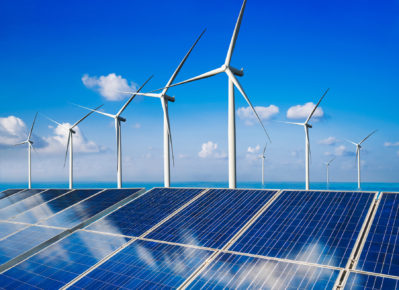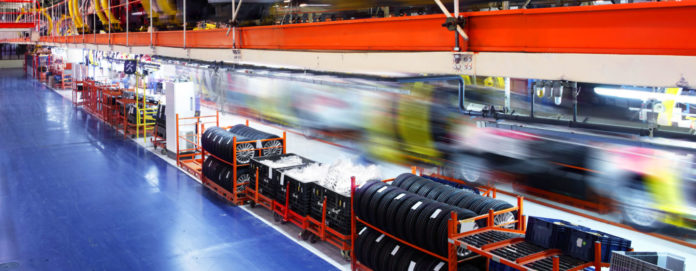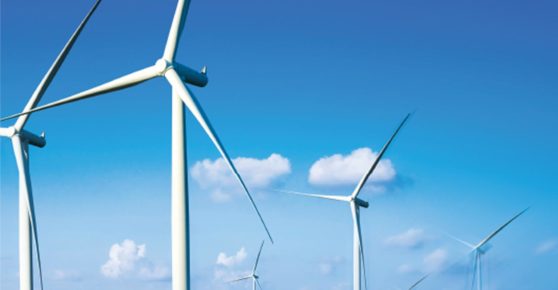The 4 Major Factors Driving Natural Gas Demand
Demand for natural gas is on the rise, driven by four major developments in the U.S. and international markets:
- Increasing exports of natural gas to Mexico
- Increasing exports of liquefied natural gas (LNG) to Asia, Europe, Central America and South America
- Increasing demand among domestic industrial users
- The continuing shift from coal to natural gas to generate electricity
Let’s take a deeper look into these four factors and how the shift in demand may affect your business.
1. Exports of Natural Gas to Mexico
In early 2014, the Mexican people amended their constitution to allow foreign investment in oil and natural gas exploration and production for the first time since the 1930s. This change in the law prompted a boom in U.S. exports of natural gas to Mexico and the construction of pipelines and other necessary infrastructure to deliver gas.
In 2009, U.S. exports of natural gas to Mexico stood at less than one billion cubic feet (Bcf) per day (roughly 1.4 percent of total U.S. natural gas production at the time). By 2021, forecasters predict exports will amount to between six and eight Bcf per day (anywhere from 8.4 percent to 11.3 percent of total production).
That’s a big jump in a very short period of time — the type of shift that can create price volatility.
2. Exports of LNG to International Markets
When methane (aka natural gas) is refrigerated to minus 261 degrees Fahrenheit, it converts to liquid and its volume shrinks to 1/600th of its gaseous state, making it suitable for shipping in insulated vessels.
Until 2016, the United States had never exported LNG out of the lower 48 states. There were simply no LNG export facilities.
Now, we have one facility in operation (Sabine Pass in the Houston shipping channel) and another four in development. By 2020-2021, the lower 48 states will have export capacity of approximately nine to 10 Bcf per day (about 15 percent of total U.S. natural gas production). In fact, the United States is expected to emerge as one of the world’s leaders in LNG exports by that time.
This is another large spike in demand within a short timeframe, and that kind of drastic change can affect supply and demand, as well as prices.
3. Rising Industrial Demand
Since 2009, demand for natural gas among U.S. industrial users has surged 33 percent, driven by the refining, petrochemical, special chemical and fertilizer industries. These industries are expected to continue thriving, so it’s likely that this consumption will stay constant, if not increase. Rising industrial demand keeps prices from dropping, and may even provide upward price pressure for U.S. natural gas going forward.
4. Electric Generation Plugging Into Natural Gas
Since 2010, the U.S. has retired nearly 200 coal-fired power plants. That’s about 38 percent of the country’s total coal-fired power generation. The vast majority of these facilities have been replaced by natural gas-fired electric generating plants.
What has that meant for demand?
In 2010, the United States used approximately 15 Bcf of natural gas per day to make electricity. By 2016, the amount approached 29 Bcf per day, meaning nearly 41 percent of total U.S. gas production went to electricity generation. In the coming years, natural gas will likely continue to gain market share from retiring coal facilities.
What Does This Mean for Your Business?
The “shale revolution,” which began in earnest in 2007, brought about a newfound abundance in natural gas supply in the U.S. market. With so much natural gas available, you might expect prices to go down. And between 2008 and 2016, they did.
Now, things are changing. The shale revolution led to the development of these four major factors that are now driving demand. As a result, natural gas prices are becoming more volatile. Last year alone, natural gas prices fluctuated 147 percent. When natural gas prices swing, so do power prices.
What does that mean for your business? When you can’t predict fluctuations in natural gas pricing, you’re at the mercy of the market — and that price uncertainty makes it difficult to manage your energy budget.
If you want to protect your business from typical price volatility, it may be time to change the way you purchase your natural gas. By diversifying your purchasing strategy and making smaller purchases over time, you can minimize risk and increase your budget certainty.
Learn how Constellation can help you take advantage of this kind of diversified purchasing strategy through our SmartPortfolio program, or contact us directly if you have any questions.
Sources: NYMEX and EIA





















